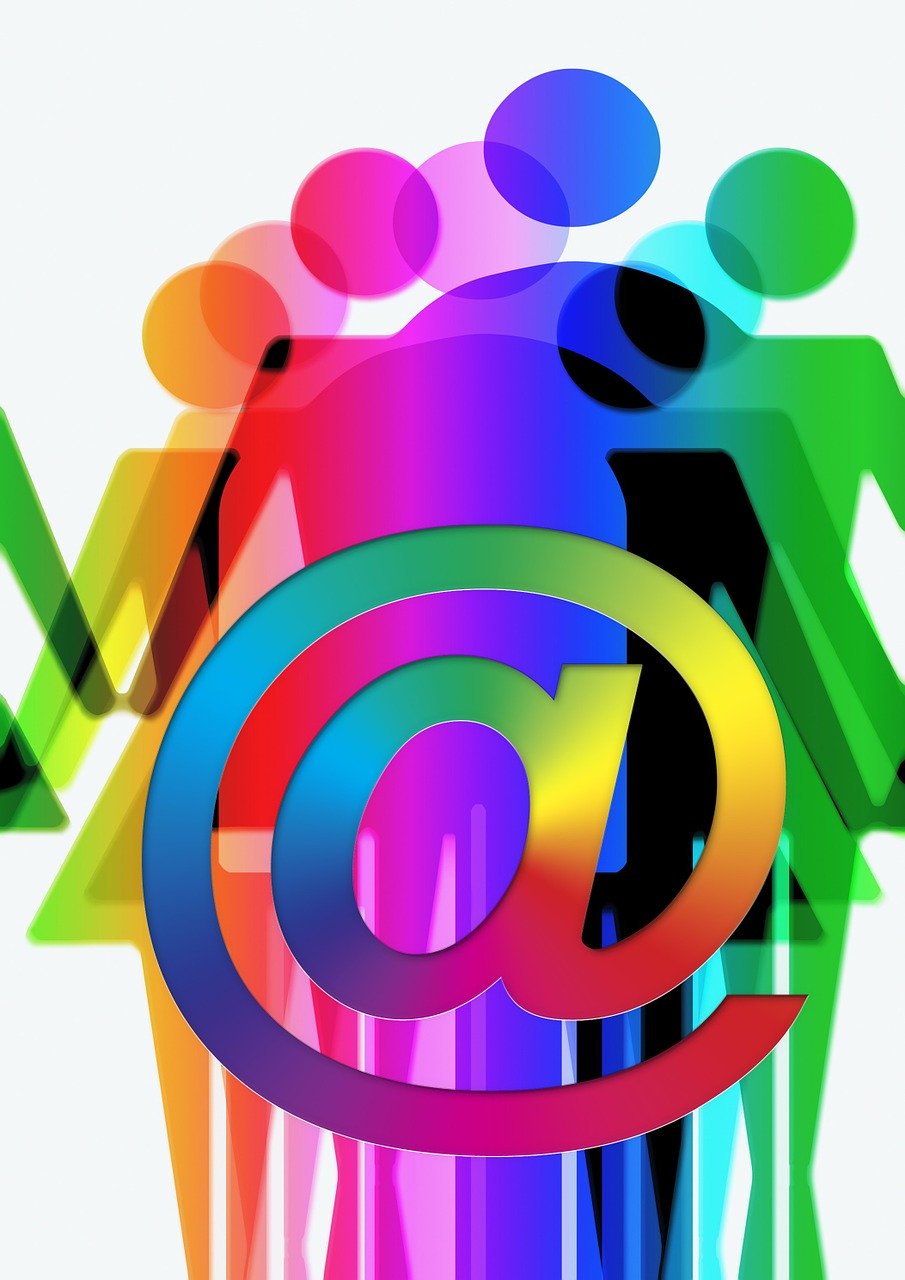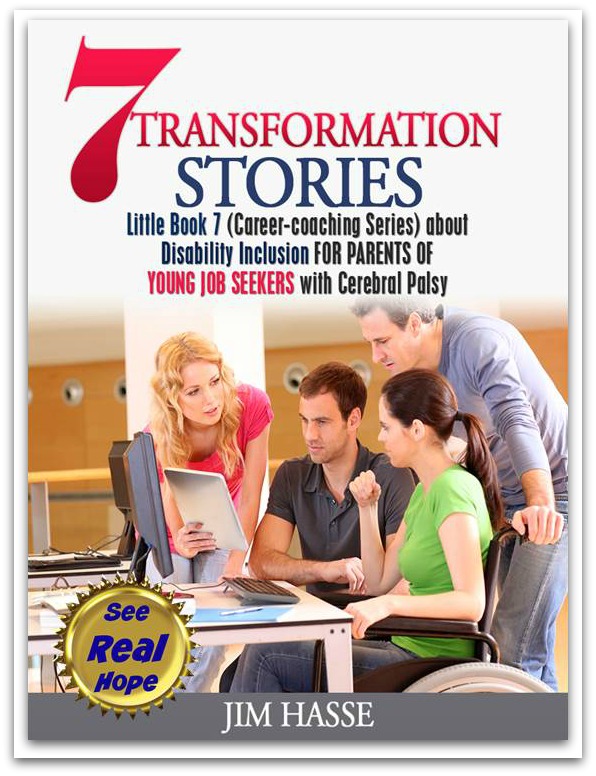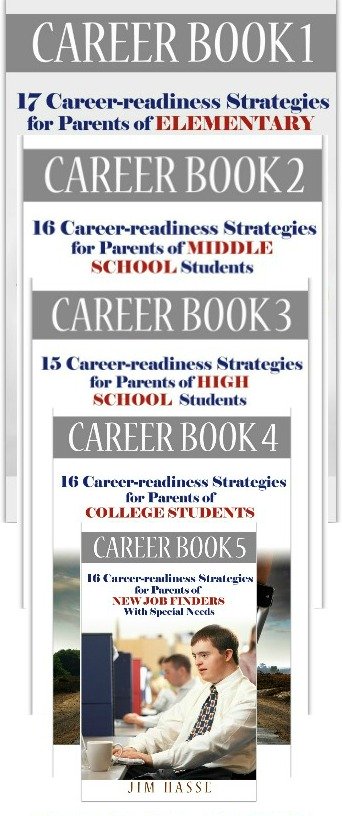Work Diversity: Cerebral Palsy Career Builder for Job Seekers
By Jim Hasse, ABC, GCDF, Disability Employment Expert
_________________________________________________________
Assessing the work diversity levels of prospective employers can be difficult for the new job seeker with cerebral palsy (CP) you’re currently mentoring. Here are some tips about how to do that.
Over the last decade, I’ve collected these indicators of workplace inclusion from more than a dozen individuals with a disability who have successfully managed to build their careers within the mainstream job market.
As bloggers, they’ve cited specific incidents of work diversity in their careers which indicated, to them, that their co-workers were including them as full participants on the job.
I believe these incidents reveal the benchmarks
by which your new job seeker can measure the effectiveness of a prospective
employer’s work diversity record and inclusion efforts.

Six benchmarks of work diversity
Here is a summary of the blog comments I believe can be helpful for you, as a career-coaching parent, and your new job seeker. I’ve grouped them into six categories, which I consider benchmarks of inclusion, acceptance and work diversity:
- Focus on Customer Service.
- Inclusion in Social Events.
- Inclusion in Job Promotions.
- Respect for Individuals.
- Value in Privacy.
- Value in Learning.
Focus on Customer Service
Laura:
“My experience has been that people ‘forget’ you (have a disability) once they know you. Not that they try to forget because it is a bad thing, but it just genuinely isn't one of the top things they think of when they think of you. They think, ‘Wow, she knows about computers; I can ask her my techie question…’”
Moses:
“… (Many of my colleagues) depend on my expertise and would
always call me, even if it is out-of-office time, just to check with me on how
to solve sticky situations…”
What best
proves to you
that an employer is truly disability friendly?
Join PACER’s Facebook
discussion
Darrell:
“One of the ways I know I am accepted is that some of my colleagues refer to me as ‘The Oracle’ because I have excelled in initial and ongoing job training classes and I frequently provide technical assistance to others on the various accounts we serve…”
Inclusion in Social Events
Darrell:
“Another illustration of how I am accepted by others in the workplace is that I am fully included in the fun activities we have from time to time.
“Today is an excellent example. We're having a sort of tailgate party to celebrate the upcoming Super Bowl game. One of the activities was a Ping Pong tournament. I was able to participate, thanks to some interesting modifications to the game. When I played, I had help from a co-worker to guide my hand to the ball. I also served the ball several times, mostly all on my own.
“I actually won, 22 to 18! Since I had never before played Ping Pong, I enjoyed this new experience.”
Moses:
“I very often dine with (colleagues), party with them and even tour with them, and this is a clear sign that I have been accepted as one of the team.”
Inclusion in Job Promotions
Moses:
“… Even though I am visually impaired, I have received several promotions, the first job being a telephoneist and finally ended up as an Administration Manager. Receiving such promotions, just like the sighted, is a clear sign that I’m accepted…”
Respect for Individuals
Darrell:
“… There are some people who will accept you for who you are. There are some people who never will. There are some people who just don't really care except (about) how it all affects them. I have been pretty well accepted on most jobs that I've held.
"I am blind, but that doesn't define who I am. It is only a part of who I am. If I'm willing to always do the best job I can, treat people the way I'd like to be treated, and expect to be treated in the same manner, most of the time that's the way it goes…”
Value in Privacy
Carrie:
“… We all need to have a bit of privacy, and I do not believe our lives need to be open books in order to gain acceptance in the workplace.
“If people are truly interested rather than being voyeurs, then I refer them to places where they can read more on their own. This theme in current society of ‘telling all’ is very disturbing to me.
“I shall never forget when one of the managers working with me stood up in a meeting and asked everyone if they had any questions about (a person’s) disability. First of all, it assumes all in the room are focused on the subject. Second, (it assumes that), if they have questions, they are going to ask them in front of everyone, and, most importantly, it assumes people have the language and vocabulary to talk about disability -- which frequently they don't.”
Value in Learning
Lauren:
"One incident on one former job ... did show me that upper staff members in my particular area were wanting to help bring about acceptance ... They asked me to write a memo which would be sent to all workers, explaining my disabilities, ... how it is for me ... (and) ways to help others feel less frightened about me and my disabilities. The fact that they allowed me to write this memo was really remarkable at the time ..."
One closing thought: Your new job seeker can gain similar feedback about a targeted, prospective employer by networking on LinkedIn.com with the company’s past and present employees, particularly those with disabilities. Use the above work diversity benchmarks to guide each discussion.
What best
proves to you
that an employer is truly disability friendly?
Join PACER’s Facebook
discussion
Return from Work Diversity to
Job Finder
Go to Cerebral Palsy Career
Builders
This is Creative Commons content. You can freely and legally use, share and repurpose it for non-commercial purposes only, provided you attach this sentence and the following attribution to it (including the two links):
Originally written and illustrated by Jim Hasse, ABC, GCDF, owner of Hasse Communication Counseling, LLC, who, as a person with cerebral palsy, served for 10 years as a vice president in a Fortune 500 company during his 29-year career in corporate communication. He’s an Accredited Business Communicator, certified as a Global Career Development Facilitator and author of 14 Amazon books about disability awareness and disability employment issues.





